What Is a Winger in Soccer? Let’s Read to Explore!
Since soccer was born, it has undergone many changes regarding the rules, positions, game style, and more.
Some positions were born with the sport and are still present to this day, like the striker. Others are gone, like the sweeper. But some positions were born with the game, then disappeared, but now return, such as the winger.
So what is a winger in soccer? What role does it play? Scott Fujita will give you the answer in this post.
Contents
What Is a Winger in Soccer?
Wingers play along the “wings” or the sideline of the soccer field.
Wingers refer to forwards that attack using the sides of the soccer field. They use their skills and superior dribbling to play stuck into the crossing to stretch and open rival defenses.
A winger can dribble into the pitch’s end to cross the ball or shoot to the competitor’s goal. After disappearing for several decades, these positions have become popular again in 4-4-2 or 3-5-2 formations.
Nowadays, soccer leans towards occupying intensity and spaces, and modern winger players deliver a better solution to coaches to cover the sidelines in attacking positions.
Wingers are also said to give a whirl to a soccer match. Fans and lovers know that when they come into contact with the ball, everything is about to get crazy. When a winger player receives the ball, he must advance and dribble his opponents.
Regarding counter-attacks, the most electrifying soccer play, where the defender retreats as quickly as possible and forwards hurry to gain an advantage in the situation, the winger will be responsible for turning this attack into a success.
The winger is typically the fastest player on his team, so he must carry the ball when counter-attacking or be one of the most advanced passing options.
Position of a Winger on the Soccer Field
A soccer team consists of two wingers. One plays beside the left touchline of the soccer field, while the other is positioned beside the right touchline on the field. These players also have to cover the attacking two-thirds of the soccer field.
As their name suggests, wingers play along the “wings” or the sideline of the soccer field. They often utilize their dribbling ability and speed to create runs along the edge and form attacks for their teammate.
The wingers also play a vital role in their team’s attack and have to stay near the touchline of the field to spread the defense and make a cross into the penalty area of their opposition from the field’s edge.
Role and Responsibilities of a Winger in Soccer
Make Goal-Scoring Opportunities
The primary role of the winger is to make goal-scoring opportunities
The winger can take on many different roles, depending on a specific game and a team’s strategy. But one of this position’s main and popular roles is to offer goal-scoring opportunities for the teammates.
When a team is on the offensive, the members will try to pass the ball to the winger, who will be responsible for assisting the forwards and creating goal-scoring opportunities.
In the defensive phase, this position must be prepared to initiate a counter-attack and be able to cut the ball from the flanks towards the goal of their opponent.
Stretch the Opposition Defense
Besides creating goal-scoring opportunities, a winger can also be responsible for making open space for the forwards to operate. These players usually do this most effectively compared to the rest.
To do this, the winger player should try to hold the ball out on the field’s flank and drag the opponent’s fullbacks out of their position.
Once the winger stays out wide and the fullbacks of the opposing team follow them, more space will be formed in the field’s center.
During the attack phase, the winger must have good vision to leave the open space for the forwards to utilize. It is often one of the critical factors to a team’s success.
Besides getting the ball out wide, the winger should be fast and possess the necessary speed to overcome the opponent’s right back. The defenders typically make mistakes when facing a fast winger, making them dread this challenge.
Move the Ball up the Field/Bypass Defenders
The winger must move the ball up the field as effectively and quickly as possible
Another role that a winger needs to take on is to move the ball up the pitch as effectively and quickly as possible.
A decent winger can make defenders of the opponent have difficulty regaining the ball by changing their movement patterns and playing during the session.
The winger must find a way to beat defenders and get behind the opponent’s defense. So it is easy to see that many excellent wingers are good at dribbling a ball at speed.
Support the Defenses
Wingers may also need to support the fullback when the opposing team launches attacks. Yet, all players need help defensively when their team is under attack. So wingers need to do the job great at the pitch’s both ends.
This position also needs to shield the ball if an open space has not been created to make a forward pass. Also, they sometimes need to support the fullback as the opponent launches attacks.
Score Goals
The winger can also score goals on his own sometimes
While the primary role of wingers is to get the ball from the midfielders, get the ball into the box, or create scoring opportunities for teammates, they can also take charge of scoring for the team.
Although wingers are not goal-scoring players, their contribution is valuable. Their good eye will be beneficial for finding goal-scoring opportunities before using the skill to turn those opportunities into goals.
These players can score in various ways, including shooting from a distance, dribbling the ball past the opponent’s defense/goalkeeper, and more.
As an attacking player, the winger is a valuable member of any team who can make their team go further.
FAQS
What Makes a Good Winger?
Above all, good wingers must be fast and have excellent dribbling skills. These players must also have great pace and acceleration.
Their fantastic dribbling skills and speed will put them near their opponent’s goal. At that moment, good skills will separate decent wingers from regular ones.
Teamwork
These players must choose an excellent way to finish a play in seconds. Their shooting typically comes from a tight angle, while strikers stay ahead of the opponent’s goal.
Wingers with high teamwork will cross to their teammates rather than trying a tough shot.
Decision
When wingers try to dribble their opponents, they typically have a short time to decide the best way to finish the play.
Pace And Acceleration
The winger player must have a “change of rhythm.” It will be from zero to sprinting almost instantly, which is critical to let the defenders stranded.
Crossing
The crossing ability of these players must be on point. An excellent crossing should be a pass to teammates instead of merely throwing a ball inside the penalty area.
Are Wingers Midfielders Or Forwards?
Wingers play on the pitch’s sides, and midfielders ( Left and Right midfielders) play on both sides. So amateurs may be confused about these two positions. But wingers are considered forwards and not midfielders.
What Is a Winger’s Number (Left-Wing and Right-Wing)?
Throughout soccer’s history, every player in the game carries a number on their jersey’s back to identify them. Initially, these numbers help define their role in the field.
Traditionally, the winger on the right goes with the number 7, while the one on the left wears the number 11. But nowadays, players are no longer constrained by the numbers on their backs.
Players can choose any number, meaning modern wingers can carry any number.
How Do Wingers Score More Goals?
Sometimes, the top scorers of a team are wingers. They can score goals by always cutting inside and shooting.
Wingers can use the striker to attract defenders so they can have space to shoot into the opponent’s goal and score.
Is Winger a Great Position?
It is an excellent position in a team but requires a lot of stamina, dribbling skills, and speed. Most wingers are fast and physically strong. If a soccer team owns good wingers, their tactics will be better when based on wings.
What Are Inverted Wingers?
Inverted wingers refer to players that play on the opposite side of the field to that of their preferred foot.
For example, right-footed players play on the left wing, or left-footed players play on the right wing. It is a modern twist on the traditional winger role.
Who Are Best Soccer Wingers?
Here are some of the players who are considered the best wingers of all time:
- George Best.
- Ronaldo.
- Lionel Messi.
- F.Ribery.
- Salah.
- J.Sancho.
- Neymar.
- Coman.
- Arjen Robben.
- Leroy Sane.
- Gareth Bale.
- And more.
The Bottom Line
This article has helped you better understand wingers’ roles in the game. This position requires stamina, speed, vision, and excellent crossing ability.
Hopefully, you have gained value from our article. Thanks for your time!

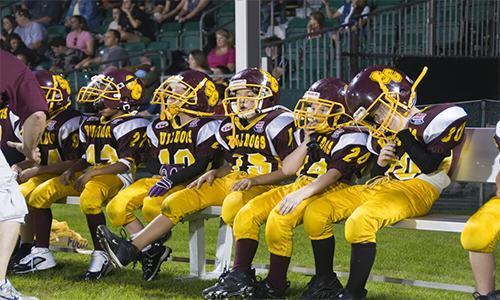
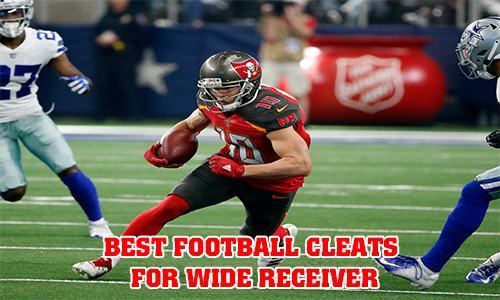
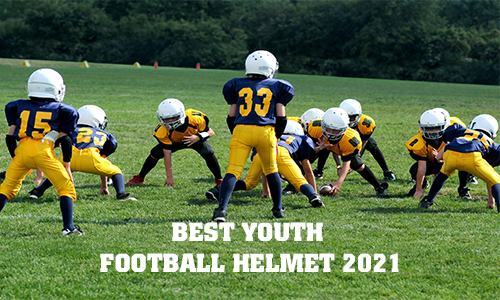
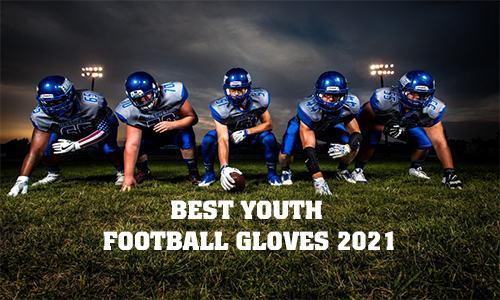
![[Top Rated] 10 best football gloves with best grip 2025 5 best football gloves 2021](https://www.scottfujita.com/wp-content/uploads/2021/03/best-football-gloves-2021.jpg)
![[Lastest Update] Top 10 Best Soccer Cleats For Kids 2025 6 Best soccer cleats for kids scott fujita](https://www.scottfujita.com/wp-content/uploads/2021/03/Best-soccer-cleats-for-kids-scott-fujita.jpg)

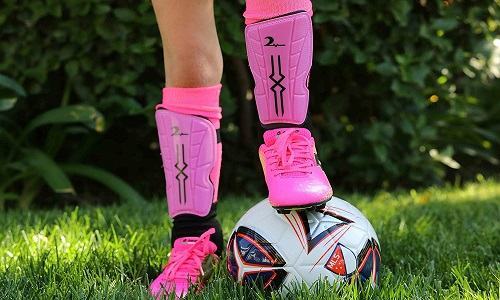

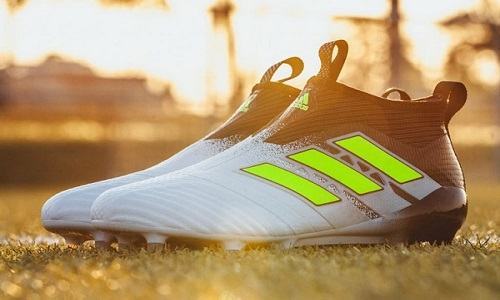
![[Top-Rated] The Best Basketball Shoes For Ankle Support 2025 11 best basketball shoes for ankle support scottfujita](https://www.scottfujita.com/wp-content/uploads/2021/07/best-basketball-shoes-for-ankle-support-scottfujita.jpg)

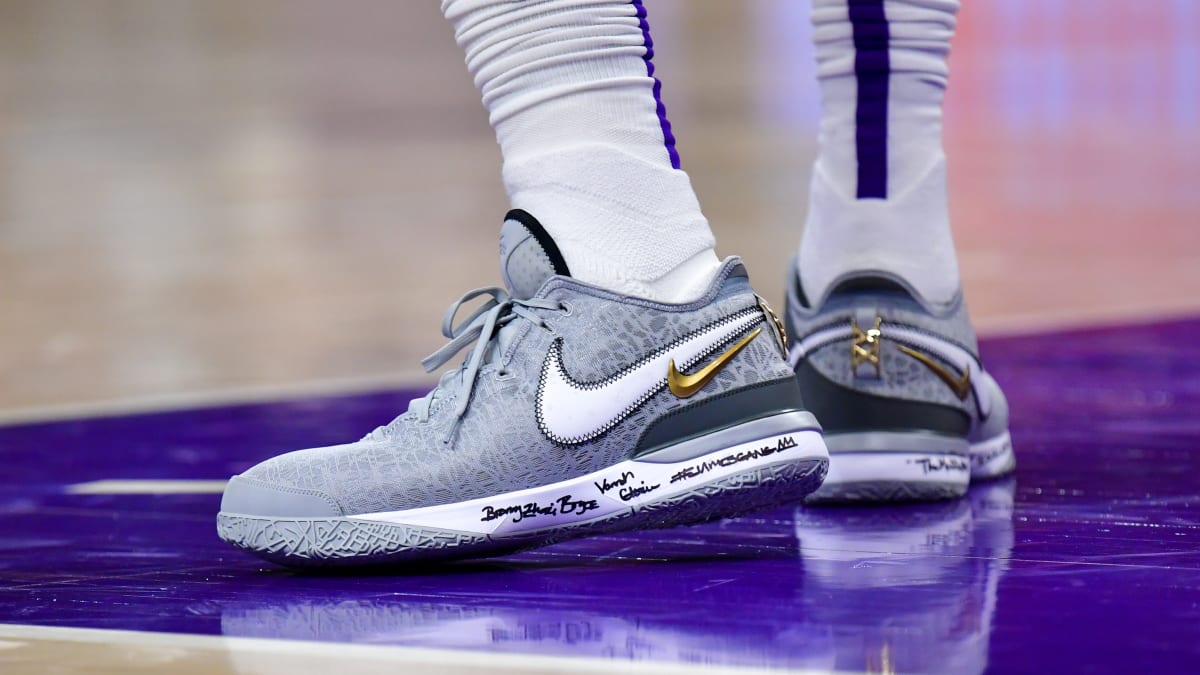


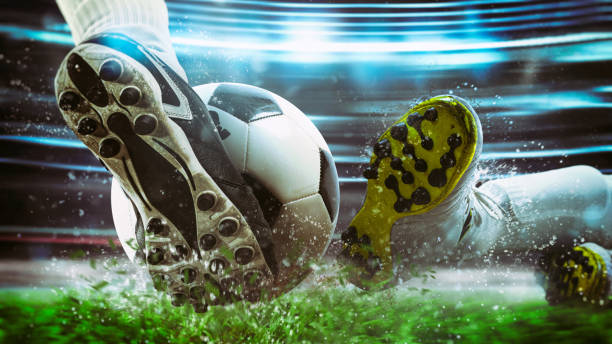
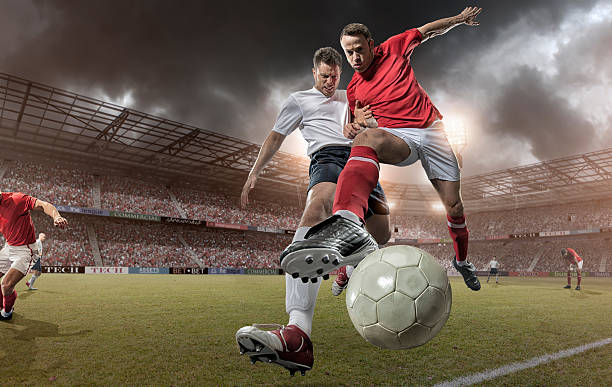


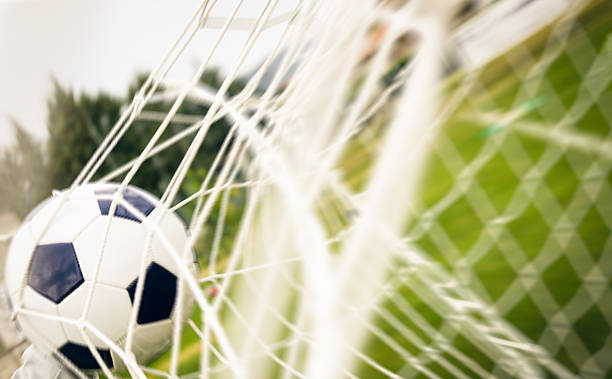


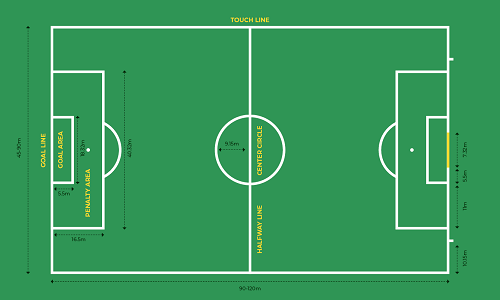
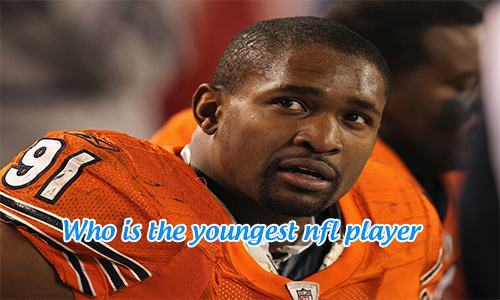
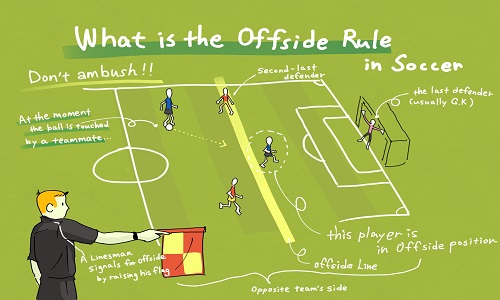
![What Are The 5 Positions In Basketball? [And Their Roles] 35 what are the 5 positions in basketball scottfujita](https://www.scottfujita.com/wp-content/uploads/2021/10/what-are-the-5-positions-in-basketball-scottfujita.jpg)
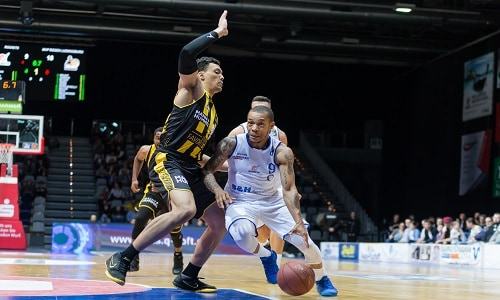

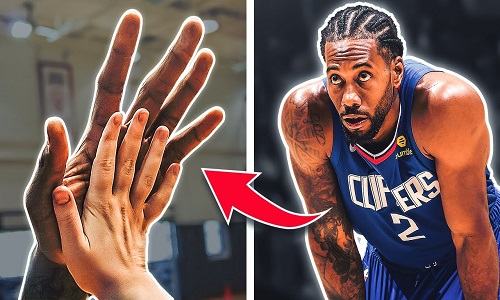


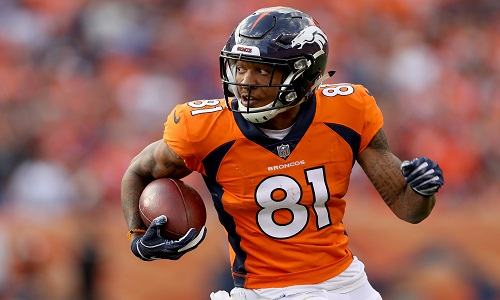
![Top 10 Best NBA Centers Of All Time [2024 Updated] 42 best nba centers of all time scottfujita](https://www.scottfujita.com/wp-content/uploads/2021/12/best-nba-centers-of-all-time-scottfujita.jpg)
![The Best Football Mouthguard 2024 [Reviewed & Compared] 43 best football mouthguard scottfujita](https://www.scottfujita.com/wp-content/uploads/2021/10/best-football-mouthguard-scottfujita.jpg)